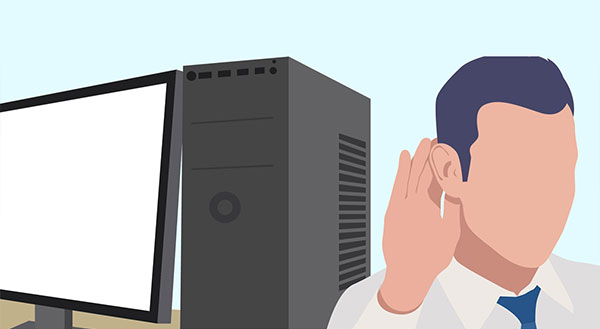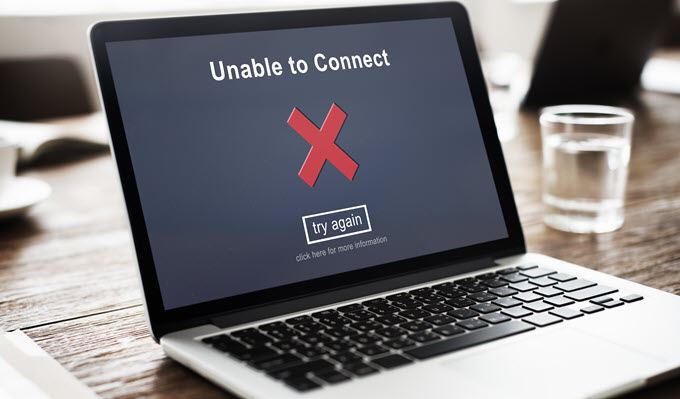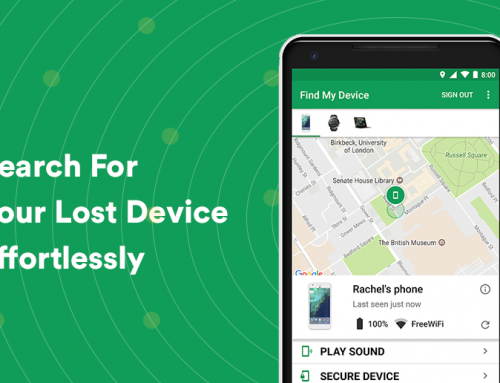This video will show you how to secure your iOS device. It includes the following:
- Face ID
- Passcode Managers
- Safari Security Configurations
- Lock Screen Security
Why you need to secure your iOS device
One of the award-winning features of iOS is that it’s a really secure platform right out of the box – and the App Store makes it virtually impossible for shady applications to be installed onto your iPhone or iPad.
If you’ve invested in an iPhone or iOS device, it won’t be exposed to the same degree of malware and exploitation vulnerabilities of an Android device – it doesn’t mean you can be oblivious to good security practices when it comes to your iOS device’s security. It’s important to understand mobile security and which security protections your smartphone offers you – and to make sure all such protection capabilities are enabled and working. Apple, however, has been building its products and devices with privacy at the forefront.
Apple has been shipping their devices with the operating system locked down to pretty much the maximum. They run a very tight ship when it comes to their software and how it interfaces with you and the web. There are a few hiccups now and then, however, such as when the iPhone 11 got launched with a confirmed security issue, right out of the box – malware developers were making variants of mobile threats aimed directly at the iOS market.
Apple’s iOS system is secure enough for most users, there are also plenty of ways to increase security and block hackers from accessing your sensitive information or data. Below are a few ways to secure your iOS device:
How to secure your iOS device
- Enable Touch ID or Face ID – it lets the user use biometrics to authenticate and unlock your device.
- Double-check the legitimacy of an application before you download it.
- Disable and turn off any lock screen notifications in Settings > Passcode > Touch ID and passcode > Allow access when locked.
- Enable 2FA (2-factor authentication) or 2-step verification.
- Use a VPN (Virtual Private Network) when connecting to public Wi-Fi networks.
- Disable cookies and tracking in the Safari browser.
- Don’t use AutoFill, if someone manages access to your iPhone, he will also have access to all the websites you login to.
- Don’t jailbreak your iOS device or sideload apps – it leads to comprised levels of security.





